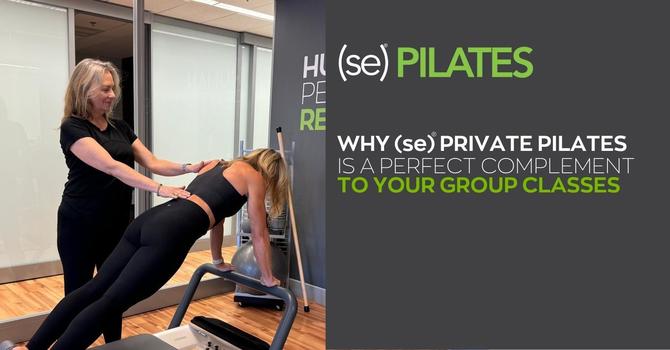
Longevity has become quite the buzzword in the health and fitness world recently, but in reality, it’s always been part of the conversation in the yoga community. From its early, ancient roots, yoga has emphasized the importance of maintaining vitality throughout life—especially by nurturing the body’s structural integrity. An old yogi saying is, “You are only as healthy as your spine is strong and supple,” and this remains a guiding principle in yoga practice today.
It's no coincidence that most yoga classes focus on spinal warmups and encourage the manipulation of the spine in all three planes of movement—through flexion, extension, lateral flexion (both left and right), and twisting/revolving motions (left and right). These movements are not just about flexibility; they help create balance, mobility, and overall alignment—key factors for long-term health. When applied through the lens of Structural Elements®, yoga emphasizes the importance of integrating proper alignment with functional movement patterns to maintain healthy joints, prevent injury, and preserve mobility as we age.
In March of 2023, The Harvard Gazette shared research suggesting that yoga may improve longevity by enhancing walking speed and the ability to stand from a chair—two factors that have been linked to increased life expectancy. These are examples of functional movements that rely on structural alignment and strength. By practicing yoga with an emphasis on proper alignment, we are not just improving flexibility, but enhancing our body’s ability to perform everyday movements more efficiently and safely.
Other studies have supported the use of yoga to increase lifespan in additional ways, including improvements in cellular aging, mobility, balance, mental health, and cognitive function. This aligns well with the Structural Elements® philosophy, which promotes alignment not just for posture, but for the functional biomechanics that underpin every movement of daily life. These principles allow us to age with ease, reducing the strain that poor posture and misalignment can put on the body.
Moreover, yoga can play a role in preventing and managing lifestyle diseases—conditions that affect cardiovascular health, such as heart disease, as well as metabolic conditions like type 2 diabetes. Through mindful, alignment-based practices, yoga helps to balance the nervous system, reduces stress, and promotes circulation. All of these contribute to the body’s ability to function optimally, supporting both cardiovascular and metabolic health. When combined with strength training, yoga can optimize functional movement, prevent overuse injuries, and enhance the body’s ability to recover from physical stress.
Many health and fitness experts would agree that strength training is the real “fountain of youth,” but in my personal experience, I’ve found that the combination of strength training and a regular yoga practice—especially when grounded in the principles of Structural Elements®—is the true secret sauce that keeps my body pain-free and disease-free. As I approach my 49th year, I am able to move with strength, vitality, and ease, thanks to the integration of yoga and strength training. This holistic approach ensures that I not only build muscle but also maintain the structural alignment needed to support my body through the inevitable changes of aging.
The combination of yoga’s spinal health focus with the foundation of Structural Elements®—which emphasizes alignment, mobility, and strength—helps maintain a healthy, functional body throughout the aging process. By integrating both practices into a comprehensive movement regimen, you’ll experience a stronger, more balanced, and resilient body, regardless of age.
Christa Angelo
Contact Me



